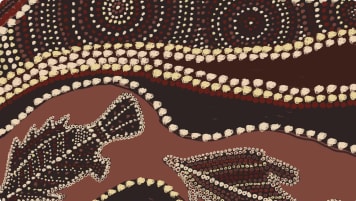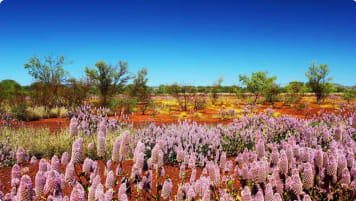Religious Beliefs of the Arrernte: Traditional Spirituality and Catholicism
Article supporting small group tour for senior couples and solo travellers of central Australia. For the Arrernte, their language goes to the core of who they are, including their cultural identity, their belief systems and their social order. Speakers do not just share the Arrernte group of languages but also an understanding of the way the world is organised and how it came to be that way. This all encompassing and enduring world view is known as Altyerre: the creation of the world and the things in it, and its external existence (often termed “The Dreaming” in English).
29 Mar 21 · 10 mins read

The Arrernte
The Arrernte – also referred to as Aranda, Arrarnta, Arunta, and other similar spellings – are the original Indigenous inhabitants of the Arrernte lands in the Central Australia region of the Northern Territory. Their lands cover some 120,000 square km, including the township of Alice Springs (Mparntwe) at its centre, as far as Wallack Rock Hole to the east, Watarrka (Kings Canyon) to the west, and as far as the Uluru-Kata Tjuta National Park.
Arrernte languages are a closely related group of languages spoken by various sub-tribes. The language group is comprised of five Arrernte dialects (Western Arrernte, Mparnttwe Arrente, Eastern Arrente, Anmatyerre, and Alyawarre), plus two distinct languages (Kaytetye and Southern Arernte). Mparnttwe Arrente, spoken in the Alice Springs area and others, is the most widely spoken of the group and one of the most common Indigenous languages spoken in Australia, with 1,910 speakers recorded in the 2016 Australian census.
For the Arrernte, their language goes to the core of who they are, including their cultural identity, their belief systems and their social order. Speakers do not just share the Arrernte group of languages but also an understanding of the way the world is organised and how it came to be that way. This all encompassing and enduring world view is known as Altyerre: the creation of the world and the things in it, and its external existence (often termed “The Dreaming” in English).
Christianity has also come to influence Arrernte spiritual beliefs in many ways since missionaries brought the religion to Central Australian communities in the late 19th century. On reserves and missions Aboriginals from various areas were forced to leave their own country and to live in close proximity with a number of groups, the importance of Country and specific areas of land ignored. There, neither the practice of traditional ceremonies, nor belief systems, nor the use of traditional languages were permitted. In doing so a void was created, which the forceful introduction of Christian beliefs readily filled.
Today many Arrernte, as well as other Aboriginal people around Australia, mix Christian concepts with their peoples’ traditional beliefs to form complex religious and social world views. This article explores this phenomenon amongst the Arrernte, using information largely drawn from Michal J Bowden’s book Unbreakable Rock: Exploring the Mysterry of Altyerre. It is intended as practical knowledge for a number of Odyssey Traveller small group tours in Australia, part of a continuing series of pieces on Aboriginal art, culture, and settlement, and the ancient landscapes of Australia. Our tours are for both the mature and senior traveller, as part of a couple or as a solo traveller.
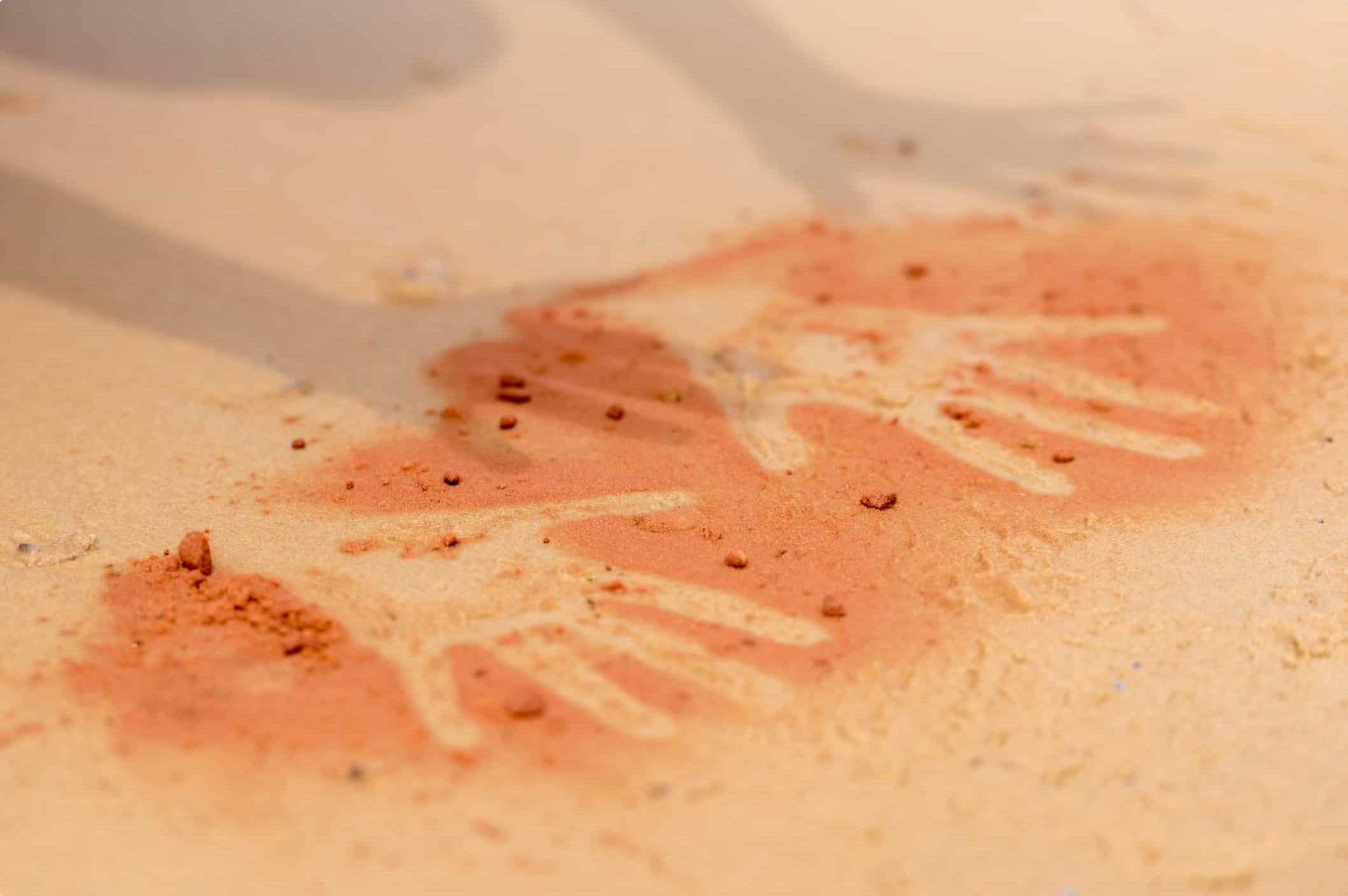
The Confluence of Spiritual Beliefs
Michael Bowden describes the confluence of the ancient Arrente world view, Altyerre, and the Judeo-Christian beliefs instilled by the missionaries through the metaphor of the convergence of the Amazon and Rio Negro Rivers. “While appearing quite different from each other, the two streams finally become one mighty river that flows into the great ocean,” he writes.
The rivers do not mix when they first meet, instead running parallel for six kilometres and maintaining their own character, because they move at different speeds, with different temperatures and different water density. Eventually at Manaus they coalesce, fusing into each other, forming the now mightier Amazon.

In the same way, Altyerre-Catholicism joins two streams to create a greater river. Each is constituted of a network of beliefs and practices, which at first sight are quite distinct and cannot mingle yet are able to come together to create some newer and greater, each enhancing the other.
Indeed, for Aboriginal Australians who observe aspects of the Christian faith, it is often a way of continuing with their own spiritual beliefs and cultural practices, incorporating the religion into their existing belief structures. There was never one singular culture shared by the thousands of language groups that covered the Australian continent at the time of settlement. Each group had different environments and differing kinship systems, dreamtime stories and spiritual beliefs. There were however, constant threads throughout, which draw similarities with Christian beliefs and values and can therefore be incorporated into a unified belief structure.
One similar concept is that of a creator spirit that provides and watches over us. There are many similarities between the Old Testament stories and traditional stories, laws and the teachings of God (or a creator Spirit). Traditional Aboriginal beliefs place faith in their Ancestor Spirit, people relying on Him for all their needs – a protector, provider, carer, and saviour.
The values of sharing, generosity, fair dealing, and caring for each other and the land are also present in both belief systems. Traditional culture uses stories to emphasise these values, which are then practised as individuals share their lives with their clan group. The stories throughout the bible serve the exact same purpose. Jesus particularly is seen to have shared gifts, blessings, and ultimately himself with humankind; he taught a life of sharing, loving all without exception, and is looked towards as an example of how to live one’s own life.
Whereas missionaries forced Indigenous people to integrate into the ‘white’ way of life, their traditional rituals, languages and spiritual beliefs suppressed, there has in recent decades been a turn towards inculturation (the influence of local cultures on the teaching of a religion) by the Catholic church. In an historic 1986 speech before Aboriginal Catholics in Alice Springs, Pope John Paul II said:
“Your culture, which shows the lasting genius and dignity of your race, must not be allowed to disappear. Do not think that your gifts are worth so little that you should no longer bother to maintain them. Share them with each other and teach them to your children. Your songs, your stories, your paintings, your dances, your languages, must never be lost.”
For many Catholic churches today, they are not just places of worships, but also places where traditional symbolism and language can be practiced and renewed. Catholicism does not strive to take the place of traditional culture, rather it harbors a deep desire to be enriched by the gifts that the first Australians can bring.
Mparntwe Arrernte Catholicism
Today many Mparntwe Arrernte people are Catholic, stalwart members of Our Lady of the Sacred Heart (OLSH) community in Alice Springs. The religion was introduced by Missionaries of the Sacred Heart and the Daughter of OLSH from 1935; but the modern Catholicism the Mparntwe Arrente practice varies significantly from what was taught in the mission, drawing influence from traditional spiritual beliefs.
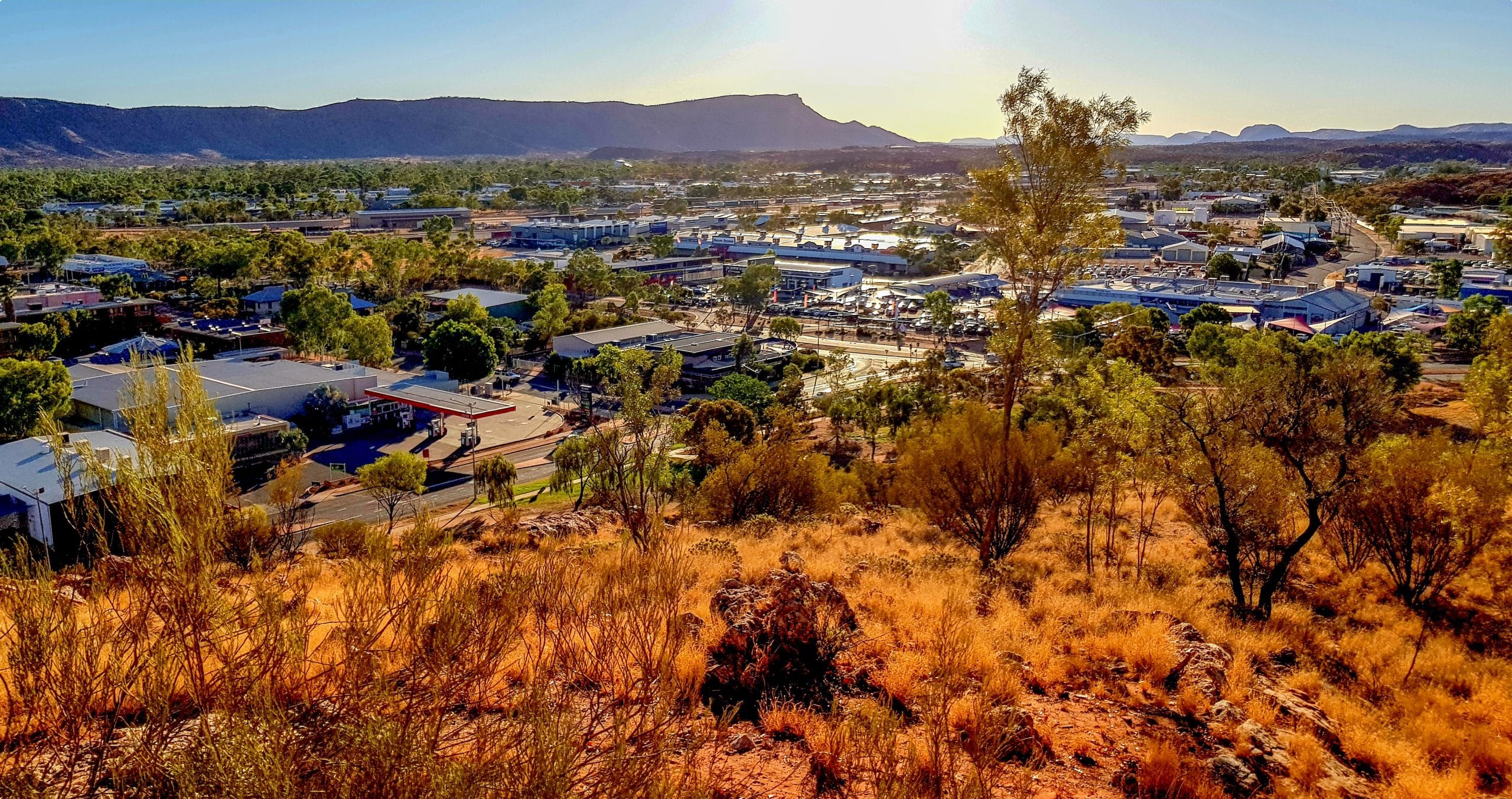
In Unbreakable Rock, Michael Bowden discusses the confluence of these two spiritual belief systems through an analysis of the symbols present in Arrernte artist Kathleen Kemarre Wallace’s stained-glass window painting in the OLSH church in Alice Springs (see here for an image of the artwork).
For this artwork, Kathleen Kemarre draws from her experiences of both traditions. She holds deep knowledge of and adheres to the ancient law passed to her from her arrange (father’s father), atyemeye (mother’s father), her aperle (father’s mother) and ipmenhe (mother’s mother). And she is also a child of child of the dormitory at Ltyentye Apurte (Santa Teresa), where she learnt the foundations of 1950s and 60s Catholicism from the Daughters of Our Lady of the Sacred Heart.
The stained-glass painting is a sacred rendition of themes that belong to both traditions. At its most fundamental, it is represented in the form of an ancient Greek Icon of Mother and Child. Because the window adorns the Church of OLSH there is no question that it reflects an image of the beating heart of both the mother of Jesus (Mary) and of Jesus himself, an image core to the spirituality of the Church. But for the Arrente, it also holds a deep representation of their Spirituality in the image of menhenge atherre (mother and son), where the land is the mother providing everything that one needs.
Jesus and Mary are shown as Aboriginal people, their bodies painted with designs used in traditional Arrernte celebrations. The mural’s eight distinct oval designs around Jesus and Mary represent the eight Arrernte skin groups, which Kathleen Kemarre sees like Eight Commandments that instruct her people how to live a good life.
The use of dots represents everything in the world connected to each other, and the world in turn, where we all live, is represented in a large circle surrounding the Cross in the centre behind the figures. The large circles at the top represent the Christian Trinity, but also reflect a dream of three circles given to Kathleen Kemarre’s grandfather: Arrenge, Akngeye, and Utnenge, or grandfather, father and totem spirit.
In his analysis, Bowden further explores four major aspects of Arrente traditional spirituality represented in the artwork: utnenge (spirit); conception totemism; the kinship system; and the healing power of the angangkere.
Utnenge: Spirit
In Kathleen Kemarre’s’s artwork there is a conspicuous absence of facial details of the two figures. She attempts not to represent the physiognomic features of Mary and Jesus out respect because she feels she could never – even with her great skills – do them justice.
But on a more fundamental level, she and other Arrente artists do not generally paint faces because it represents the physicality of a person rather than their utnenge (spirit), Arrernte know that it is not the body of a person that is important but their eternal spirit. To attempt to represent the person of Mary or Jesus would be to overlook their essential essence, their utnenge/spirit.
Conception Totemism
Kathleen Kemarre next draws the eye of the view to the position of the head of the child directly in front of his mother’s womb. This can be interpreted as an allusion to the core Arrente concept of conception totemism, which describes how a child derives her spirit.
When an Arrernte mother becomes aware of her pregnancy, she becomes aware of when and where she was conceived. She locates the ampere (country) of that event and then deduces that it was from the utnenge (spirit) of that apmere that the ampe akweke (child in her womb draws) its own utnenge. This is one of the ways amongst others a child is informed about her spiritual origins.
Kinship System
The next striking image of the window is the embrace of the child by his mother. The mother enfolds the child in her arms, nestled under her breast, intent on keeping him safe. This alerts the viewer to a dominant feature of Arrernte culture: the kinship system (anpernirrentye).
In Arrernte culture every single person is held in the web of kinship in a warm and consoling embrace. The Arrernte word for this is arntarntareme. This can also be translated as holding / caring; to look after someone or care for them; to hold a baby and rock him to sleep; or to hold hands.
What all translations express is the human touch that characterises care and concern for the wellbeing of others. Arntarntareme means to reach out and hold, look after, nourish, save and nurture others. When Arrente person sees Kathleen Kemarre’s artwork, they know what it represents: nurture, nourishment, consolation, and life.
The Healing Power of the Angangkere
Finally, one’s gaze is transferred to the hands of Jesus. Here, Kathleen Kemarre has streams of light gushing from Jesus’ hands. Again, the image here can be interpreted as a representation of the arntarntareme (holding, caring, taking care of ) by both Jesus and his mother for the entire world and every person in it.
But there is another way of interpreting the light streaming from the hands of youthful Jesus: a representation of the healing power of the angangkere (traditional healers). A youthful anangkeres draws healing powers (or “electrolight”) from nature, the land, and uses it to heal people around him through touch.
In the artwork, the healing power to love, forebear, to heal, to survive – all another way of understanding salvation or redemption – is understood as being provided by light streaming from the child’s hands.
Tour of Arrernte Lands & Central Australia
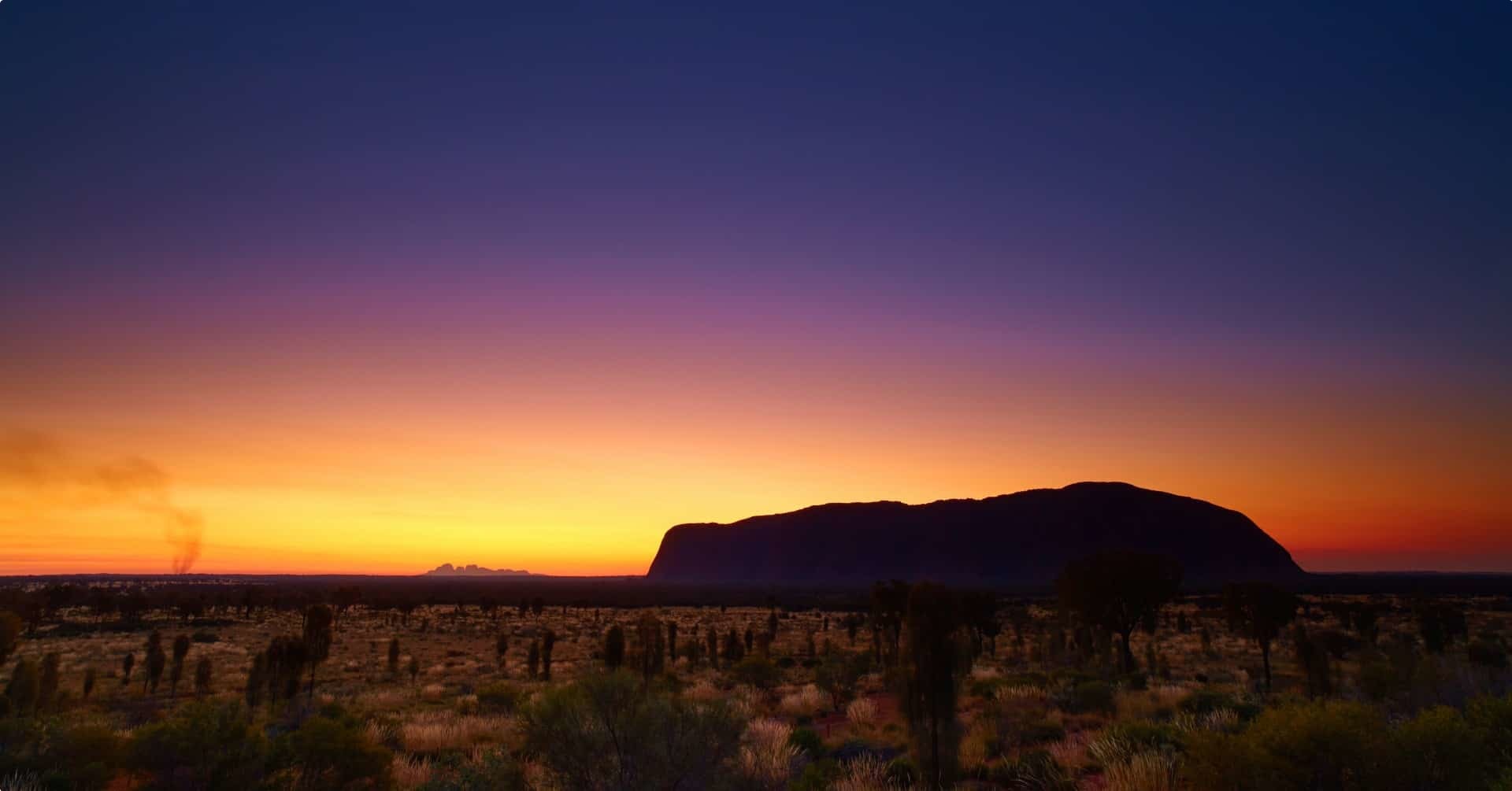
Odyssey Traveller visits Arrernte Lands and various sites of cultural significance during our 13-day tour of Alice Springs and Uluru-Kata Tjuta National Park. During this tour we delve into the colourful landscapes and impressive landforms, Aboriginal culture, and rich wildlife of the Southern portion of the Northern Territory.
We begin and end at Alice Springs, where we learn about its surrounding beautiful desert landscapes, Aboriginal culture, and unique wildlife. Alice Springs, or simply ‘Alice’ as it is known now colloquially, is famous for the ochre sands and mountain ranges that surround it, its many Aboriginal art galleries, and cultural events. The Arrernte people, who have lived in the Central Australian Desert in an around what is today Alice Springs for thousands of years, still today sustain a strong connection to this land and a rich culture.
We spend four nights in Alice Springs, before making our way to enjoy the various sites and wildlife of the national parks in the southern portion of the Northern territory. The UNESCO World Heritage Uluru-Kata Tjuta National Park is a major highlight as we explore two of Australia’s most magnificent geological and landform features: Uluru (Ayers Rock) and Kata Tjuta (the Olgas). Both Uluru and Kata Tjuta have sacred significance to the Anangu, the local indigenous people who have inhabited the land for more than 22,000 years. They believe both sites contain spirit energy, with the surrounding areas the home of their ancestors and inhabited by many ancestral ‘beings’. The park is also home to a fascinating array of plants and animals, including many rare species.
Other key highlights along the tour include trips to the spectacular canyons of Watarrka National Park, Finke Gorge National Park (home to a diverse range of rare plant species), the Aboriginal Community of Hermannsberg (once home to the great Aboriginal artist Albert Namatjira), and the outstanding landscapes of both the West and East McDonnel Ranges (ancient landscapes sculptured over time by climatic elements and today refuges for many plants and animals).
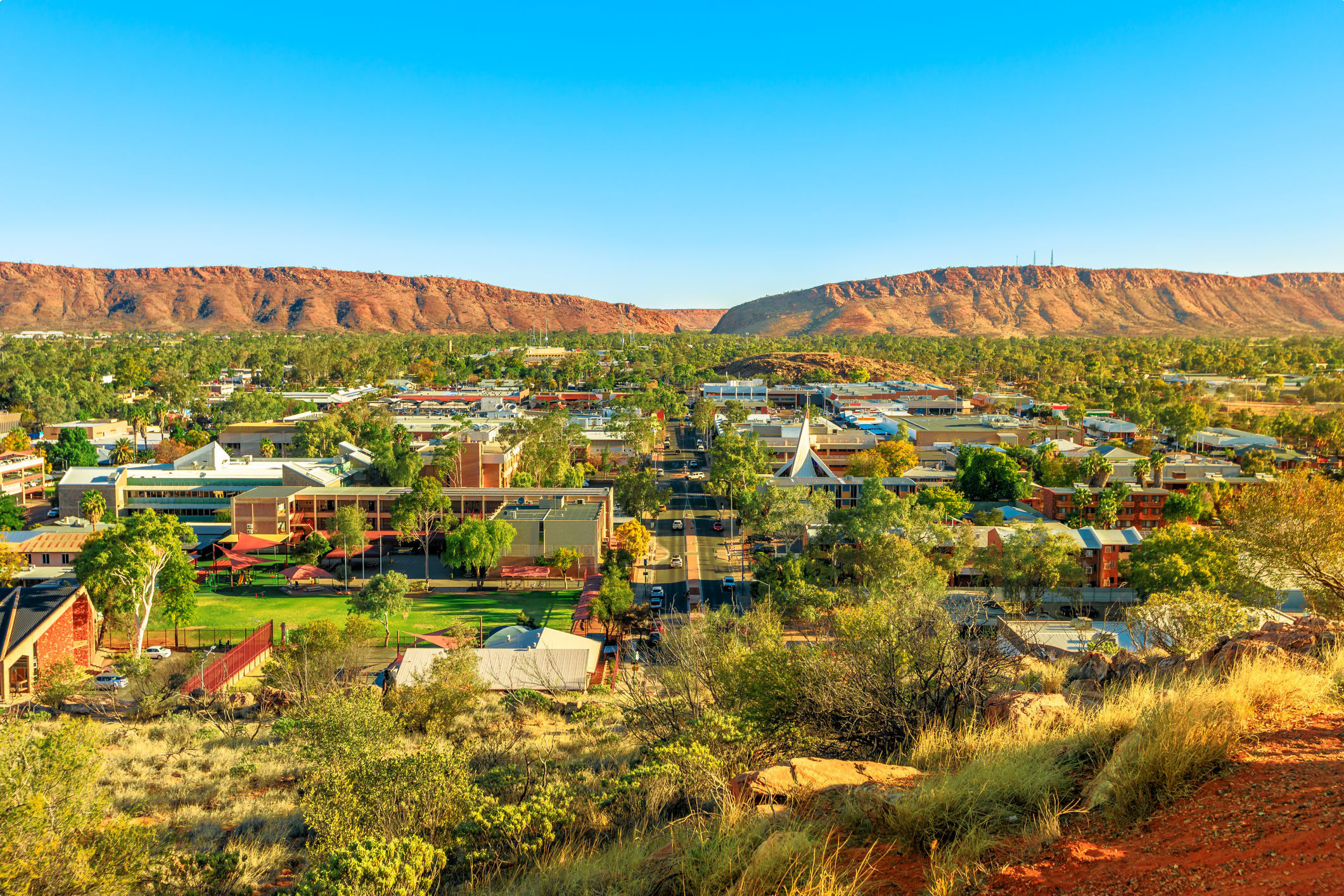
Travellers with an interest in learning more about the Aboriginal heritage of Australia may want to check out our various outback Australia tours.
These include visits to:
- Archaeological sites including the Madjedbebe rockshelter and the extensive collection of ancient Aboriginal rock art at Kakadu National Park as part of our tour of Kakadu and Darwin
- The ancient indigenous sites including Lake Mungo and the Budj Bim Cultural Landscape as part of our tour of the Southern States of Australia;
- The important cultural site of Wilpena Pound on our tour of the Flinders Ranges;
- The ancient rock art in the Kimberley, Western Australia;
- The Brewarrina Fish Traps in outback Queensland.
Every Odyssey guided tour is designed especially for mature and senior travellers, who want an authentic and informed experience of their destinations. Our tours aren’t the typical tourism Australia holiday – Blue Mountains, the Great Barrier Reef, and the penguin parade on Port Phillip Island. Instead, we pride ourselves on getting of the beaten path and making you think about Australia and New Zealand in new ways. We move in genuinely small groups – usually 6-12 per tour – and all tours are cost-inclusive, encompassing accommodation, attraction entries, and transport. For more information, click here, and head to this page to make a booking.
Articles about Australia published by Odyssey Traveller:
- The Kimberley: A Definitive Guide
- Uncovering the Ancient History of Aboriginal Australia
- Aboriginal Land Use in the Mallee
- Understanding Aboriginal Aquaculture
- Mallee and Mulga: Two Iconic and Typically Inland Australian Plant Communities (By Dr. Sandy Scott).
- The Australian Outback: A Definitive Guide
For all the articles Odyssey Traveller has published for mature aged and senior travellers, click through on this link.
External articles to assist you on your visit to Broken Hill and Back
Related Tours

days
Apr, May, Jun, Jul, Aug +3Small group tour exploring Alice Springs and Uluru-Kata Tjuta National Park
Visiting Northern Territory
Explore and learn about historic Alice Springs, The MacDonnell ranges, and Uluru-Kata Tjuta National Park. This escorted small group tour for mature and senior travellers, travelling as a couple or solo travellers also visits the Hermannsburg Lutheran mission plus Henbury meteorite site learning about the Aboriginal outback and contemporary art.

days
Apr, Jun, Aug, Nov, Mar +2Exploring Alice Springs and Uluru-Kata Tjuta National park by Motorbike
Visiting
Explore on a Motorbike tour in the Outback and learn about historic Alice Springs, The MacDonnell ranges, and Uluru-Kata Tjuta national park. This escorted small group Motorbike tour for mature and senior travellers, travelling as a couple or solo travellers also visits the Hermannsburg Lutheran mission plus Henbury meteorite site learning about the Aboriginal outback and contemporary art.

days
Jun, Jul, Sep, Feb, Mar +1Darwin and Kakadu small group tour
Visiting Northern Territory
Explore and learn as part of a small group tour for seniors on this package tour to Darwin and Kakadu National park, a UNESCO world heritage site. This program also visits Arnhem land. Our focus is on ecology, landscapes and history on this 14 day program in the far north of the Northern Territory.
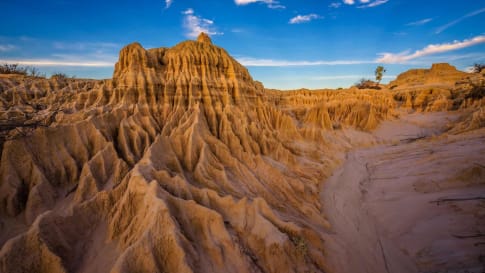
days
Mar, May, Aug, Sep, Oct +2Small group tour of World Heritage sites and more in the Southern States of Australia
Visiting New South Wales, South Australia
Discover the World Heritage Sites of the southern states of Australia travelling in a small group tour. A journey of learning around the southern edges of the Murray Darling basin and up to the upper southern part of this complex river basin north of Mildura. We start and end in Adelaide, stopping in Broken Hill, Mungo National Park and other significant locations.
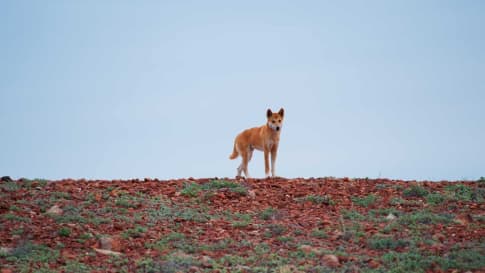
days
Apr, May, Jul, Aug, Oct +2Small group tour of Australia's Flinders ranges
Visiting South Australia
Escorted small group tour of the Flinders range in South Australia from Adelaide. Learn about Coober Pedy, Wilpena pound and water system of Lake Eyre as we explore and learn also about the history of the people who explored the Flinders.

13 days
May, Jun, Jul, Aug, SepSmall group tour of Australia's Kimberley
Visiting Western Australia
Escorted small group tour of the Kimberley. We explore and visit The Bungles, Bell Gorge, Mitchell plateau & Halls Creek in the dry season. Amazing landscapes intertwined with Aboriginal communities resident more than 45,000 years.
From A$15,390 AUD
View Tour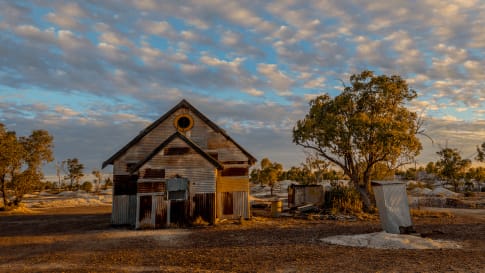
days
Mar, Apr, May, Jul, Aug +2Small group tour of outback Queensland
Visiting New South Wales, Queensland
To Dubbo and back, this small group tour takes you to learn about the Brewarrina fish traps, we travel high up into North Queensland to see the Dinosaurs of Winton and incredible Aboriginal rock art at Cathedral gorge and learn about opal mining and the history of Lightning ridge.
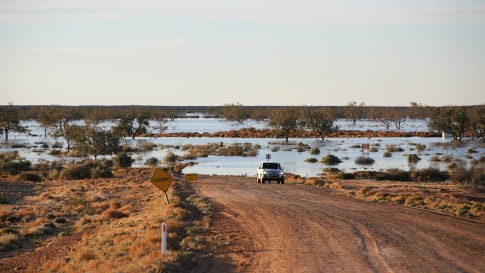
65 days
MarLong tour of Australia for a small group
Visiting New South Wales, Northern Territory
Small group tour for senior couples and solo travellers touring Australia. Travelling through the outback and visiting many of the famous sights as well as off the beaten track locations. Learn about the history of the people who explored the deserts, from indigenous communities to Europeans, as well as Burke and Wills, visit White Cliffs, Marree and far north Kakadu and the Kimberley.
From A$48,995 AUD
View Tour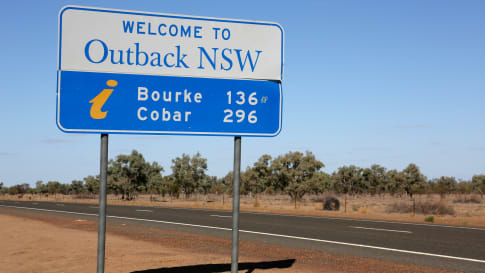
days
Mar, JunSmall group tour of Eastern and Central Australia
Visiting New South Wales, Northern Territory
Small group tour for couples and solo travelers touring most of the Australian territory, travelling through the outback and visiting many of the famous sights as well as off the beaten track locations, giving you the opportunity the explore and meet our people in the most remote locations. Learn about the history of the people who explored the deserts, from indigenous communities to Europeans, as well as Burke and Wills, visit Bourke, Normantown, Charters Towers far north Kakadu, returning back along the Stuart Highway to Adelaide and cross country to Sydney through the Blue Mountains.
Articles

Aboriginal Art
Senior and mature couples and solo travellers remain curious but often informed about the role Aboriginal art plays in the indigenous community and the various styles. This article seeks to provide a platform for this collection of small group tours of upto 15 people into the Australian outback where often Aboriginal art styles are encountered.
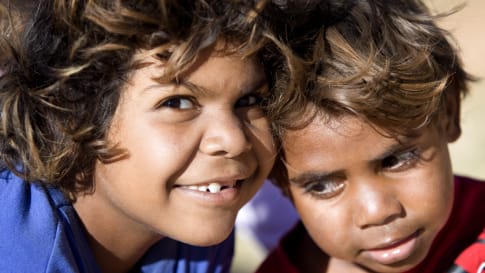
Aboriginal Kinship systems
Article about Aboriginal kinship to assist small group tours in Australia understanding Ancient aboriginal society and the contemporary view. Kinship influences the relationships including aboriginal trading routes.

Aboriginal Songlines
Songlines trace the journeys of ancestral spirits who created the land and all natural phenomena. The creation stories as well as practical knowledge needed for survival in outback Australia. We experience this knowledge on our small group tours into Outback Australia.
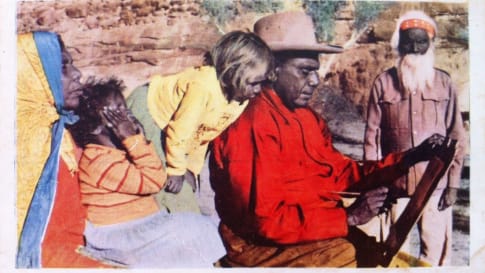
Albert Namatjira, Painter
These small group tours for senior couples and solo travellers seek to explore history, culture and the landscapes of the Australian outback. Albert Namatjira is certainly the most famous Indigenous Australian of his generation, regarded widely as one of the country’s all-time great artists, based in the West Macdonnell ranges, influenced by the Hermannsburg mission.
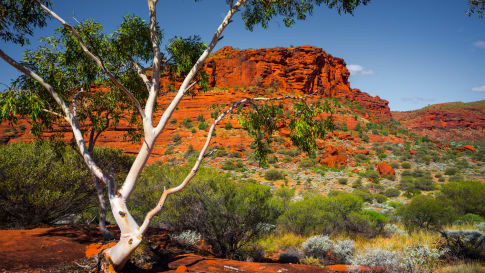
Alice Springs, Australia
Explore the sights and history of Alice Springs, with its amazing Indigenous art, rugged early settlement, and dramatic natural landscapes, Alice Springs is one of the Northern Territory's most popular highlights. Odyssey offers small group tours for mature and senior travellers, couples, and solo travelers to Australia and the Northern Territory.

Ancient Aboriginal trade routes of Australia
Ancient Aboriginal trade routes of Australia Trade was a central part of life for Aboriginal people prior to the British settlement of Australia. Trading routes criss-crossed the nation, dispersing goods, information, technologies and culture thousands…
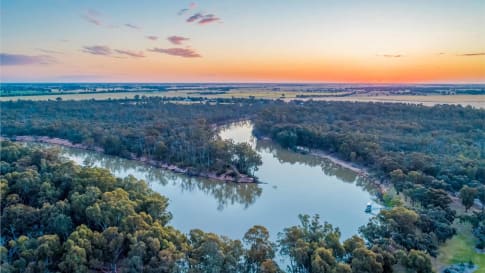
Appreciating Australian River Systems
Appreciating the linking of the river network into the Australian, history, culture and landscape on a small group tour for mature and senior travellers of couples or solo travellers is an integral part of understanding the continent of Australia and Aboriginal settlement.
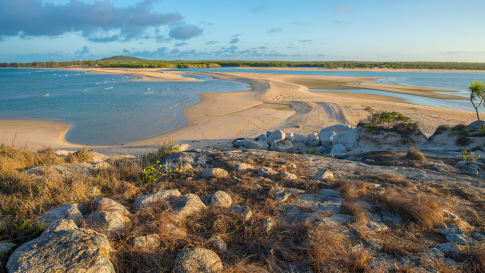
Arnhem Land, Northern Territory
To enter Arnhem land a permit is required for visitors. Explore and learn about the Aboriginal community in Arnhem land as part of a small group package tour that includes Darwin and the Kakadu. These are small group tours of upto 12 like minded mature and senior travellers, couples or solo travellers interested in exploring as they tour.

The Arrival of Aboriginal Australians on the Continent
Tracing Aboriginal history via an outback small group tour for mature and senior couples or solo travellers provides an intriguing learning platform about Australia, rock art, trading and culture that traces a history possibly some 120,000 years ago.

The Australian Outback: A Definitive Guide
Explore learn and consider what is the outback in this article. For mature and senior travelers considering joining a small group package tours into the outback to see, learn and explore about this unique place, not only the landscape but the Aboriginal approach to living. On each of the tours for couples and the single traveler you learn something different but fascinating, from Outback Queensland, the Flinders, Broken Hill and the Kimberley and the wildflowers all contribute to this question, what is the outback?
